Many of you will have seen the story widely reported in the media of the discovery of the gas phosphine in the clouds of Venus – if not, you can find the story here: https://www.bbc.co.uk/news/science-environment-54133538.
On Earth phosphine is produced by bacteria and it has led to the interesting speculation as to whether there could be living organisms in the clouds of Venus. I think that it will be discovered that the phosphine is of non-biological origin but, even so, it is interesting that the place in the Solar System with the most Earth-like conditions (other than the Earth itself) is at an altitude of 50 km high in the clouds of Venus. This was discussed in my post from a few years ago which I have rewritten and re-blogged below:
Revised original post below-–
Until the early 1960s the general view of Venus was that it was a planet with similar conditions to the Earth, but a little hotter because it is closer to the Sun. Because Venus is surrounded by thick clouds, and what was beneath the clouds was a complete mystery, it allowed writers to have a free rein in imagining conditions on its surface. In the years before the space age Venus had been depicted in fiction as being covered by deserts, swamps, oceans, jungle and rugged mountains, and all sorts of strange and exotic life forms were proposed to exist there!
Image Credit Wikimedia Commons (note Paul French was a pseudonym used by Isaac Asimov)
As late as 1954, the American science fiction and popular science writer Isaac Asimov (1920-1992) wrote the novel ‘Lucky Starr and the Oceans of Venus’. In this he assumed that Venus had a temperate climate, a day length of 36 hours, an atmosphere that is 90% nitrogen and 10% carbon dioxide and a planet-wide ocean covering its surface, which was teeming with exotic life forms. The novel was set in the near future when humans had built colonies of millions of people living in huge domed cities on the Venusian ocean floor. Only a few years later, a very different picture emerged, and it was clear that Asimov’s domed cities would not be happening any time soon.
Exploration of Venus
The exploration of Venus started for real when Mariner 2 became the first successful spacecraft to escape from the Earth’s gravity and pass close to another planet. Launched on 27 August 1962, Mariner 2 passed within about 34,000 kilometers (21,000 miles) of Venus on 14 December 1962.
Image from NASA
The instruments on Mariner 2 returned a lot of data about the planet. Readings from them showed that the atmosphere must be much thicker than the Earth’s and the temperature of the day and night side of the planet were both around 240 degrees Celsius (ref 1). This came as a great surprise and was much hotter than astronomers expected. Mariner 2 also made the unexpected discovery that Venus, unlike the Earth, has almost no magnetic field to shield the planet from the solar wind, the stream of electrically charged particles streaming from the Sun. In a surprising omission, Mariner 2 didn’t have a camera, so was unable to take any pictures of Venus from close up.
During the 1960s and 1970s many more spacecraft from the Soviet Union and the US visited the planet and it gradually became clear that the conditions were even harsher than Mariner 2 had suggested. On 15 December 1970 the Soviet spacecraft Venera 7 landed and transmitted 23 minutes’ worth of data before being destroyed by the intense heat. On 22 October 1975 Venera 9 became the first spacecraft ever to take pictures from the surface of another planet. In 1989 the American spacecraft Magellan orbited Venus for four years and, using sensitive radar which was able to pass through the clouds, made a detailed map of about 98% of the Planet’s surface (ref 2).
A radar view of Venus from Magellan – Image from NASA
What do we know about Venus now?
Since the Mariner 2 mission, our knowledge of Venus has been transformed. We now know that the planet’s atmospheric pressure is a crushing 92 times that of the Earth and consists of 96.5% carbon dioxide (ref 3). The remainder of the atmosphere is mostly nitrogen. There is virtually no oxygen and only a small trace of water vapour. Venus rotates so slowly that a night on Venus lasts 58 Earth days. However, the thick atmosphere forms a blanket around the planet and means that the day and night temperature are the same, around 460 degrees Celsius – hot enough to melt lead.
In addition, there is no temperature variation with latitude: the equator and the poles of Venus are at the same temperature. However, like the Earth, the temperature, does fall with altitude. The highest point on Venus is called Maxwell Montes and is at an altitude of around 11km above the mean level of the planet’s surface, about 30% higher than Mount Everest. At this altitude the temperature is a relatively mild 380 degrees! There is also very strong evidence that Venus is volcanically active (ref 4).
Computer generated image of lava flows on Venus – Image from Wikimedia Commons
What would it be like to stand on the surface of Venus?
Assuming we were able to survive the high temperature and crushing pressure, we would see a landscape strewn with small rocks. The thick atmosphere would be relatively clear to look through, although more distant objects would appear blurred and hazy. We would be able to see no more than a few km in a horizontal direction. Despite being closer to the Sun than the Earth, the light levels are relatively low – about the same as in London on heavily clouded day. This is because the thick clouds, made of droplets of sulfuric acid, block most of the light from hitting the surface. Although an observer would be able to clearly tell the difference between night and day, they would never be able to see the Sun.
An Earth-like environment on Venus
However, there is an Earth-like environment on Venus. As we go higher, then, as mentioned before, the temperature and the atmospheric pressure both decrease.
The graph above shows how the temperature and pressure of Venus’s atmosphere varies with altitude (from Wikimedia Commons)
Interestingly, at an altitude of about 50 km both the atmospheric temperature and pressure are similar to the Earth at sea level.
In fact, at this altitude the atmosphere of Venus is the most Earth-like environment, other than Earth itself, in the Solar System. In a paper written in 2008, the NASA scientist Geoffrey Landis suggested that in the far future perhaps we could build floating cities in the Venusian atmosphere (Atkinson 2008). The atmosphere of Venus consists of 97% carbon dioxide, which is denser than the Earth’s atmosphere. So, Landis pointed out that a large enclosed space filled with a nitrogen/oxygen mix (of similar composition to in the Earth’s atmosphere) would float high above the Venusian surface in the same way that a helium balloon floats in the Earth’s atmosphere.
Floating cities on Venus
Why is Venus so hot?
The reason why Venus is so hot is because there is a huge amount of carbon dioxide in the atmosphere. This carbon dioxide acts as a powerful greenhouse gas. It lets sunlight pass through but its reduces the amount of heat radiation which escapes back into space. It is called a greenhouse gas because a greenhouse gets very hot inside on a sunny day for the same reason. Light can pass through the glass, warming the objects inside, but the heat rays can’t pass back out again.
On Earth, carbon dioxide is only present in small amounts and its increase from 0.029% of the atmosphere, in the pre-industrial age, to its current value of 0.04% is generally accepted to be responsible for a rise in global temperature of a few degrees. On Venus carbon dioxide makes up 96.5% of the atmosphere and the atmosphere is much thicker than on the Earth, meaning that the greenhouse effect is absolutely enormous. It raises the temperature by an incredible 500 degrees above what it would be otherwise.
Some astronomers believe that billions of years ago, in the early days of the solar system, Venus and Earth had very similar conditions. Venus had plenty of water and may have had a global ocean. Because Venus is closer to the Sun it has always been hotter than the Earth. As readers of a previous post will know the brightness of the Sun is gradually increasing at a slow rate.
What may have happened billions of years ago is that at a certain point in time in the past the increased energy from the Sun caused a warming of Venus’s surface. Because water evaporates more rapidly at higher temperatures, there was an increased rate of evaporation from Venus’s seas and oceans. This led to an increased concentration of water vapour in the atmosphere. Water vapour is a very efficient greenhouse gas and acted to trap heat escaping from the surface, making it even warmer. The temperature rise led to a higher surface temperature, which led to a greater rate of evaporation of water.
The process is called a runaway moist greenhouse, and is illustrated in the diagram below.
When it reached the upper atmosphere the water vapour was broken down into its component elements hydrogen and oxygen. Most of the hydrogen and oxygen produced recombined back into water vapour, but a small amount of it was blown away by the solar wind and escaped into space. It is the solar wind which has caused all the water to be gradually removed from the Venusian atmosphere over billions of years. The higher temperatures released carbon dioxide, which was locked away in rocks, into the atmosphere thus maintaining and enhancing the greenhouse effect, even when all the water was gone.
Recent Missions to Venus
In the 1960s and 1970s there was a great deal of interest in exploring Venus and a total of 30 spacecraft were launched to the planet. Only about half of these missions were successful. However, after the Magellan mission the appetite for exploring Venus waned somewhat. It has now been nearly 27 years since the launch of Magellan in 1989 and in this time only 2 spacecraft have been sent on missions to Venus: a probe called Venus Express launched by the European Space Agency and a Japanese spacecraft called Akatsuki – although three spacecraft have flown past Venus during this time on missions to other planets. By comparison, in the same period of time a total of 20 spacecraft have been launched to Mars, which most astronomers believe is a more interesting object to explore, especially since the prospect of finding primitive forms of life has not been entirely ruled out. There are also the practical considerations that any spacecraft which lands on the surface of Venus will not be able for last for long without being destroyed by the harsh conditions, whereas spacecraft have landed and transmitted data from the surface of Mars for many years. The thick clouds over Venus also prevent any observations of the surface by orbiting spacecraft, all that can been seen is the top of the cloud layers.
Update 22 November 2020
There is now a video on the Explaining Science YouTube Channel which describes Venus’s orbit and phases. To view it, please click on the link below
Reference
Atkinson N (2008) Colonizing Venus with floating cities. Available at: http://www.universetoday.com/15570/colonizing-venus-with-floating-cities/ (Accessed: 01 February 2019)



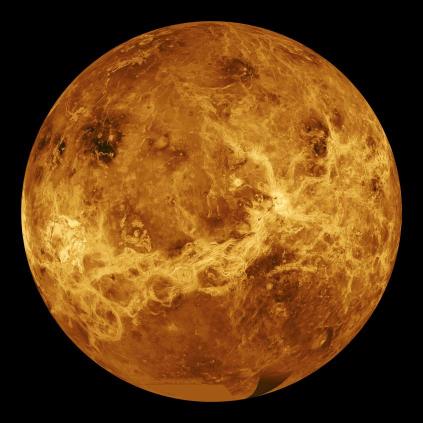
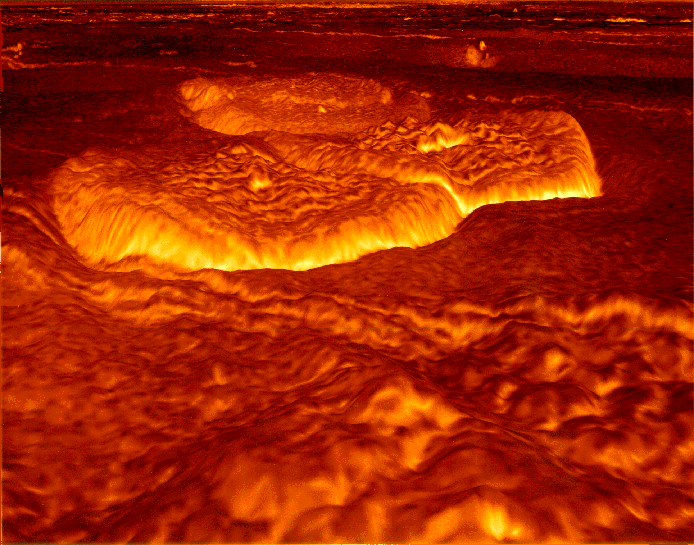
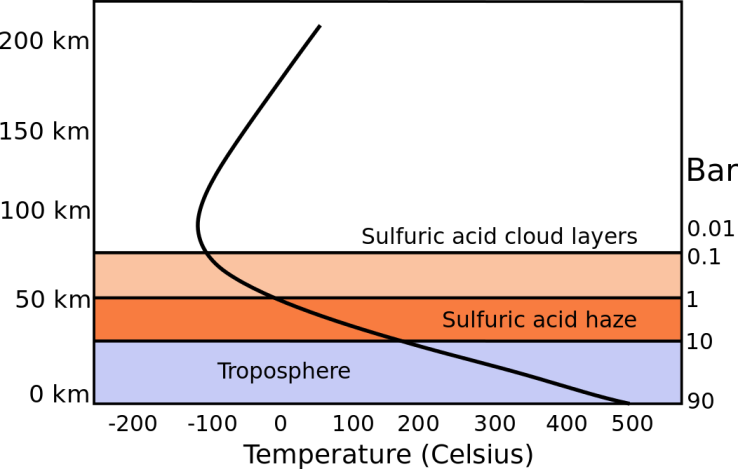

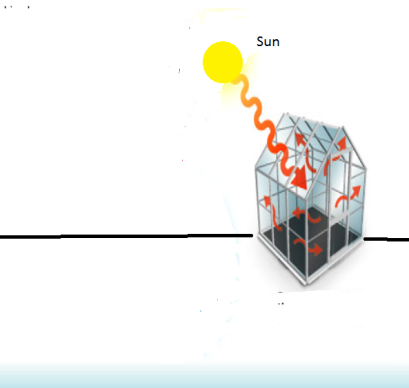
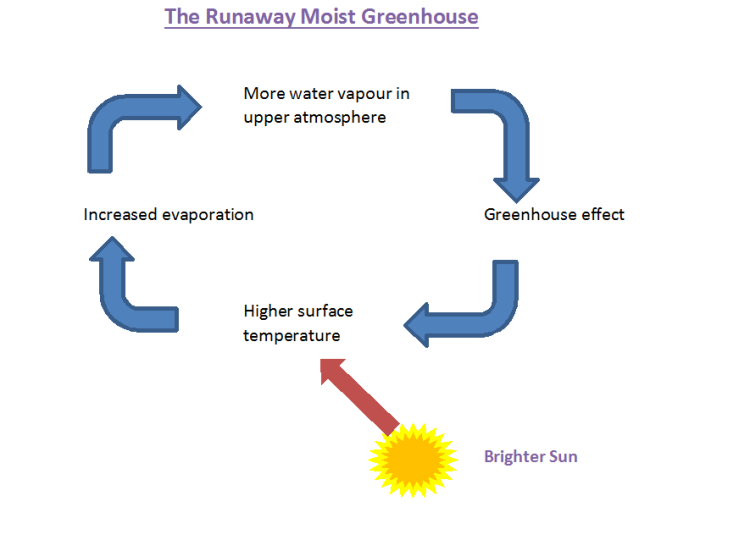
Great info, hopefully someday we will able to see what is below the clouds.
LikeLiked by 1 person
Appreciate all the information that you have made available in this posting.
LikeLiked by 1 person
Thank you,
glad you enjoyed the post
LikeLiked by 1 person
I’m inclined to agree: the phosphene won’t be of organic origin. But it’ll be interesting to find out – I imagine a good deal more science will follow as the discovery is explored.
The 19th-20th century concept of Venus as a hot water world always intrigued me because it so closely exemplifies the way humanity conceptualises the unknown around prevailing thought structures and assumptions. In this case, the 19th-early 20th century period conceit by which the planets became older the further they were from the Sun, and with 19th century concepts of ‘progress’ as an automatic and inevitable linear ‘advance’ from ‘primitive’ to ‘sophisticated’. Notions of recapitulation then entered the mix, and voila: Venus variously, but typically, became a ‘younger’ world than Earth, inevitably hotter and naturally populated by flora and fauna long since ‘superseded’ on Earth. I seem to recall this vision being pretty common in pre-space age sci-fi, even Heinlein’s work – the only notable exception I can think of was Patrick Moore, who portrayed a volcano world (but there might be others that I haven’t read).
LikeLike
Yes it will be interesting to see how things progress following the discovery of phosphine . I am sure there are a few interesting papers to come out of this and it will certainly turn out to be some unusual chemistry.
Your thoughts on the portrayal of the planets in science are very interesting
LikeLiked by 1 person
Hi Steve,
Three cheers for Jane Greaves (for her tenacity in getting the observations done). By the way, were you aware that Anita Richards was also a major contributor?
It’s only marginally on topic, but for a long time I’ve speculated in a similar fashion about Jupiter. There’ve been numerous conjectures about life on – or within- the Jovian satellites, but not on the planet itself. But like Venus, it’s possible to identify a very wide region in Jupiter’s atmosphere where temperatures are Earthlike (say 300K +/-30), and life could have evolved. Atmospheric pressure on either planet isn’t an issue; the pressure at Venus’s surface is about 90 bar, but there are creatures living deep in Earth’s oceans at much greater pressures – which are only regarded as ‘crushing’ to beings like us who’ve chosen to evolve in a near-vacuum.
A Jovian organism would need to spend its entire life-cycle airborne (just like its Venusian counterpart) but that shouldn’t be a show-stopper – some earthly organisms get very close to that situation. In the Jovian environment, there are an incredible range of organic starting materials available; and if solar radiation were not quite adequate, there’d be lightning & other energy available from below.
I suspect that, like Venus, any Jovian life-forms would be very basic – the alien equivalent of prokaryotes or very simple eukaryotes. It seems to me that to produce elaborate & complex life, a liquid environment or a solid surface is indispensible, i.e. that the effort of evolving in an environment of high winds would be too disruptive. I don’t know if you agree.
Regards, David.
LikeLike
Thank you David for your interesting comments.
The idea of a primitive life form which is permanently airborne is certainly very interesting. However, I think that the phosphine will certainly turn out to be due to complex inorgainic chemistry.
LikeLiked by 1 person
My first thought on seeing the book cover was, “who the heck is Paul French?” Thanks for pointing out the pseudonym, didn’t know that.
LikeLike
Yes Asimov wrote a whole series of science fiction novels, aimed at the adolescent market, under the pseudonym Paul French
LikeLiked by 1 person